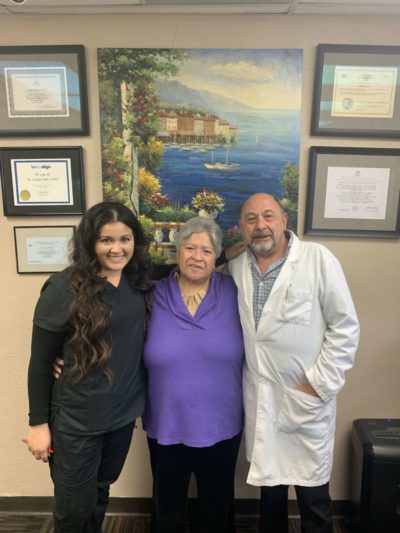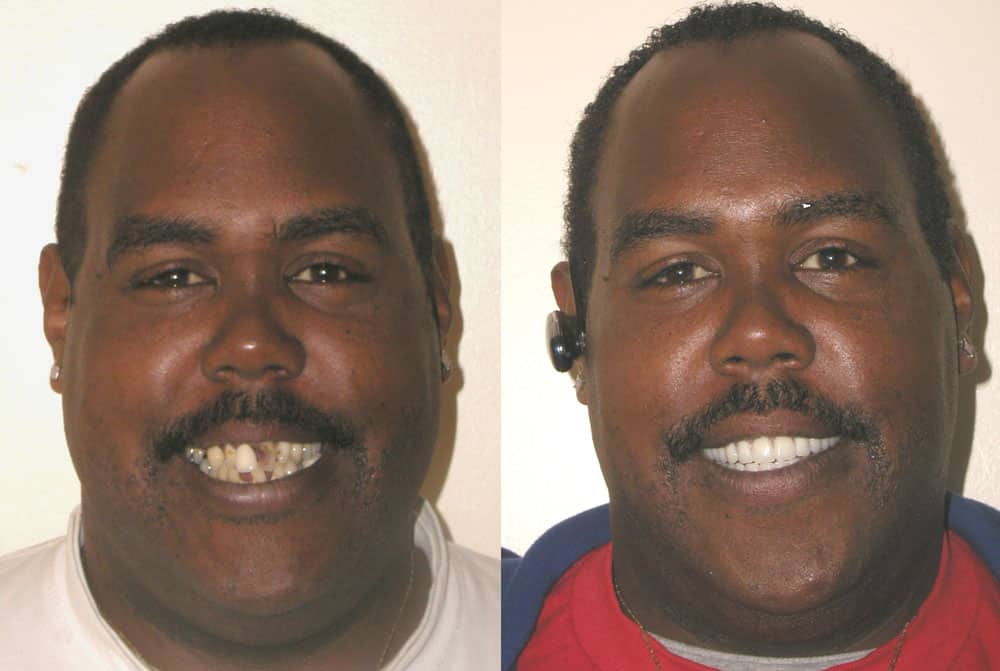What To Expect From A Root Canal
A root canal is an endodontic procedure used to clean and restore an infected tooth. To this day, the term carries with it the outdated and largely inaccurate stigma of being an unpleasant and even painful experience. This simply is not the case. Having the procedure done today is quick and painless. In fact, you will likely be back to work or school the very same day.
WHAT IS A ROOT CANAL?
This is a type of endodontic procedure performed in order to remove bacteria from an infected tooth and to prevent the reinfection of the tooth.
In order to better understand the procedure, it will help to know a little about the different layers that make up a tooth.
Beneath the enamel layer of our teeth is a layer of dentin, another hard material. Underneath the dentin, however, is a layer of soft-tissue containing connective tissue, blood vessels, and nerves. This part of the tooth is called the pulp. While the pulp is important for tooth development, it is this inside area of the tooth that is susceptible to inflammation and infection. Fortunately, teeth that are fully formed no longer need this soft-tissue layer to remain healthy and functional.
During the procedure infected or inflamed pulp is removed from the inside of the tooth. After being cleaned and disinfected, the tooth is then filled and sealed.
The advantages of having this endodontic procedure, should you need to, are significant. They include, but are not limited to:
- Natural Tooth Appearance
- Efficient Chewing
- Protects Surrounding Teeth
- Return to normal Biting and Sensation
IS IT PAINFUL?
Don’t let the fear of pain keep you from restoring your mouth to health. As mentioned earlier, the notion that this procedure is a painful one is outdated. Endodontic procedures today are performed under anesthesia. As such, you can expect to experience no more or less discomfort than you feel having a tooth filled, or having a wisdom tooth extracted.
As with the removal of a wisdom tooth, you will likely experience a mild discomfort and even soreness for a few days following the procedure.
SIGNS YOU MAY NEED ENDODONTIC WORK
A cracked tooth, irritation around an existing filling, and/or lingering sensations after eating or drinking something hot or cold can all be signs that you are in need of endodontic work. Here are a few more signs:
- Severe Pain When Chewing and Biting
- Darkening of Gums
- Swollen or Tender Gums
- Pimples on the Gums
If you are in Gardena and experiencing any of the above symptoms you should see a Gardena dentist right away to find out if you need endodontic work. An untreated tooth infection can spread to other parts of the body and even become life-threatening.
BACK TO WORK (OR SCHOOL) THE SAME DAY
Many people wonder how long it will take to recover from this procedure. Will you be able to return to work or school the next day?
While it is likely the affected area will remain numb for two to four hours following the procedure, most people are able to return to work or school the very same day. Keep in mind, though, it is not recommended that you eat or chew on anything until all of the numbness is gone.
HOW MUCH WILL THE PROCEDURE COST?
The cost of this procedure will vary based on a number of factors. Which tooth is affected, what percent of the cost your insurance will cover, and what your dentist or endodontist charges will all affect the price of the procedure.
It should be noted that the cost of this procedure is usually less expensive than opting for an extraction. Extracted teeth need to be replaced with either an implant or a bridge in order to fully restore chewing function.
If you think you need an endodontic procedure don’t let cost keep you from getting the work you need. Many Gardena dentists and endodontists (like dentist and endodontists all over the country) offer payment plans for which you may qualify. Also, it should be noted that the cost of not getting the work you need will be far more than the cost of the procedure itself.
HOW THE PROCEDURE WORKS
This is an endodontic procedure that requires a number of steps. The first step in the process is the removal of all infected and/or inflamed pulp within the tooth. Once this has been accomplished, the dentist or endodontist performs a careful cleaning and disinfection of the inside of the tooth. Next, a rubbery sealing material called Gutta Percha will be used to fill the disinfected canal. Finally, a filling or crown is placed, restoring the tooth to full function and normal appearance.
WILL MY TREATED TOOTH REQUIRE A CROWN?
Location of the treated tooth is a major factor in whether or not your treated tooth will require a crown. Teeth that are used more for chewing, molars (and premolars) for example, often require crowns. Incisors and canine teeth may not require a crown, though circumstances vary from patient to patient.
WILL MY TOOTH REQUIRE ANY ADDITIONAL TREATMENT?
Many patients wonder if any additional treatment will be required following the procedure. The vast majority of the time the answer to this question is no. While there are exceptions (such as when a small bit of pulp is left behind in a previously inaccessible curve of the canal) normally a restored tooth will last just as long as a natural tooth.
While additional treatment is usually not required, a general follow-up visit usually is. It is not uncommon to experience an uneven bite immediately following this procedure. During the follow-up visit, your endodontist can address this, any side-effects you may be experiencing as a result of medication prescribed, and any other issues you may have.
If you’re worrying because your endodontist has prescribed a root canal, you can stop. This simple and effective endodontic procedure is performed every day. Each year millions of teeth are repaired in this way. The experience, which is fast, relatively painless, and efficient, will result in a host of benefits including maintaining your natural smile and being able to continue eating the foods you enjoy. Having this procedure done when necessary will also help alleviate the need for ongoing dental work.
Original article: https://southbaydental.com/root-canal-explained/





